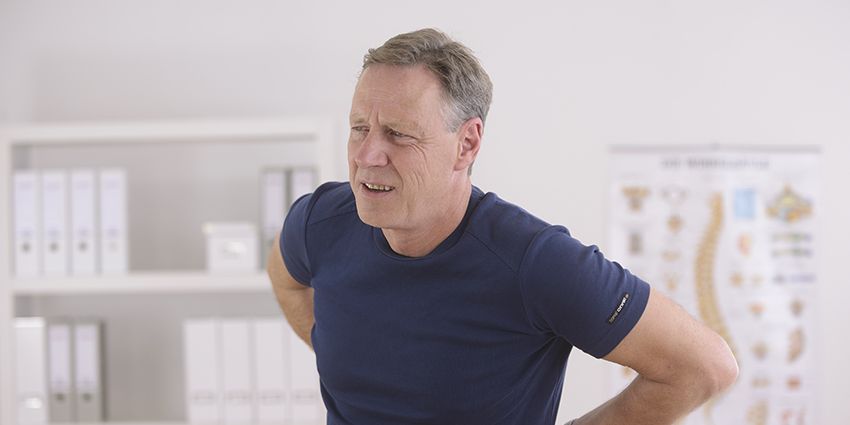Customized Physical Therapy Can Ease Lower Back Pain
Customized physical therapy may be a useful way to ease low back pain, which affects an estimated 31 million Americans a new study says. Researchers from La Trobe University observed that ‘many patients with low-back disorders persisting beyond 6 weeks do not recover.’
If you suffer with low back pain that lasts longer than a couple of weeks, your doctor will probably refer you to a physical therapist. While simple measures such as applying heat or cold or using over-the-counter pain remedies may help, the best approach for most back pain is exercises and other treatments under the guidance of a physical therapist.
“First and foremost, we try to determine what kind of back pain we’re dealing with,” says physical therapist Jeffrey Houser, PT. Is it acute or chronic, and what is the reason for the pain? “We do tests to decide which category of treatment will work best,” he says.
Solution #1: Repeated motion
If the problem stems from irritation or pressure on a nerve from a disk bulge or spinal stenosis, a repeated movement program may help. With these conditions, pain often travels down the leg and there may be numbness, tingling and weakness. Leg pain may be worse than back pain.
A bulging disk occurs when a portion of one of the cushioning disks between vertebrae in the spine presses on nearby nerves. With spinal stenosis, an opening through which nerves travel narrows, which can impinge on nerves.
“If we can minimize the pain in the leg with one of two types of motion, it means the patient probably falls into the repeated motion category,” Houser says.
If pain is worse with bending forward, movements that involve bending backward may help relieve pressure on the nerve. There’s a progression to these exercises, which are often called McKenzie exercises. If pain is less with bending forward, which is common with spinal stenosis, the second motion involves forward-bending movements to open up the area of pressure on the spine.
Solution #2: Stabilization
The second category of treatment options is stabilization exercises. “These are for people who move their spine in ways that deviate from normal or have pain with certain motions, such as turning over in bed or getting up from a chair,” says Houser. This can happen when the muscles deep in the abdomen, which help stabilize the spine, become weak or aren’t firing properly.
“People with back pain often have a difficult time engaging the correct muscles,” says Houser. “When deep spinal muscles weaken, other surrounding muscles become overly tight as they try to stabilize the spine, but that’s not their role, and pain and tightness will often develop.”
The goal of stabilization exercises is to retrain the deep muscles. A physical therapist will teach you how to use the correct abdominal and spinal muscles before going through a series of motions to stabilize the spine.
Solution #3: Manipulation/mobilization
For people with stiffness in the spine, a physical therapist might do mobilization or manipulation. These are the kind of techniques often associated with chiropractors. Stiffness may result from a variety of causes, including osteoarthritis.
With manipulation, the practitioner uses short and rapid thrusting movements over a joint while the body is in a specific position. Mobilization uses similar positions, but the technique is slower and gentler.
“Not all physical therapists perform manipulation, but most do mobilization,” says Houser.

